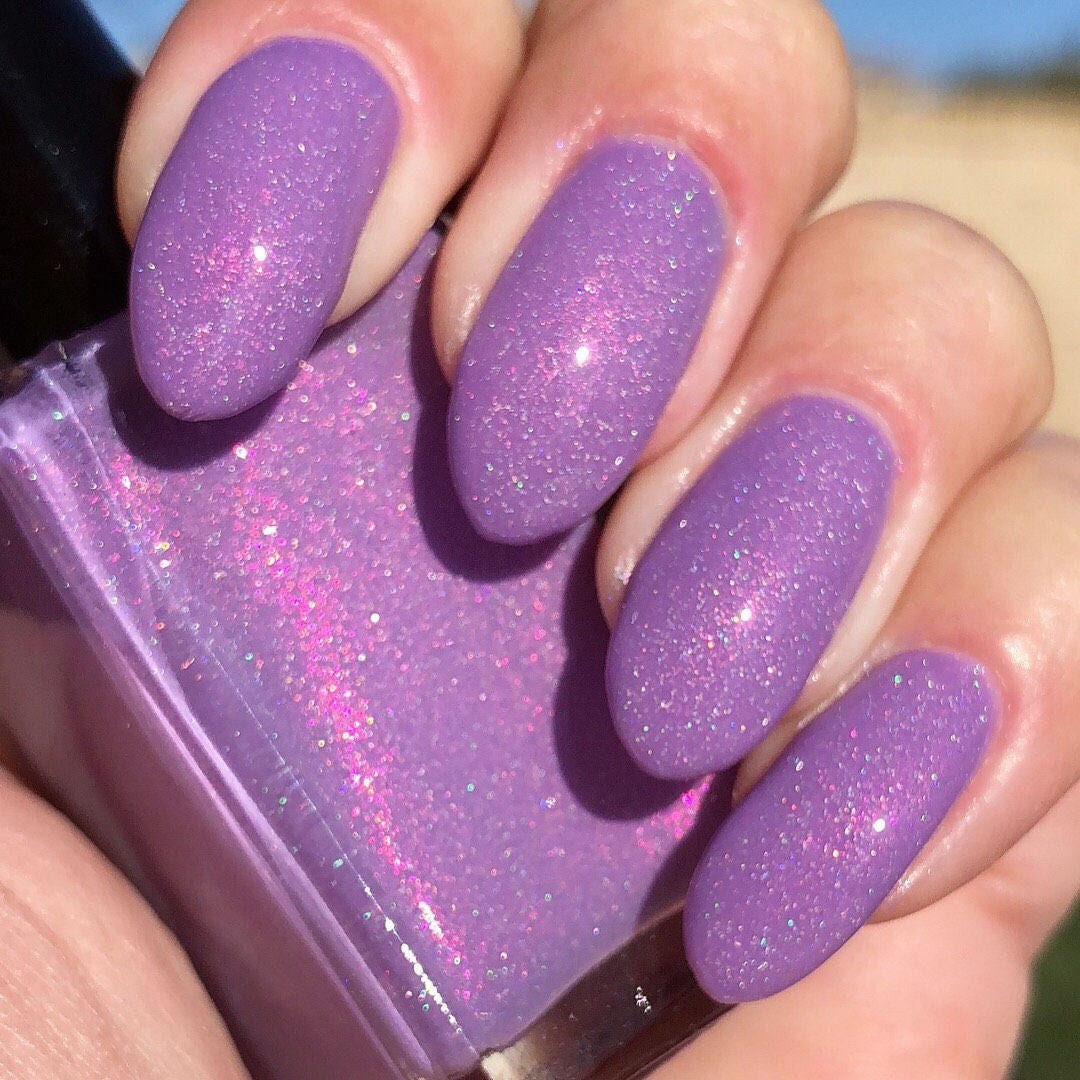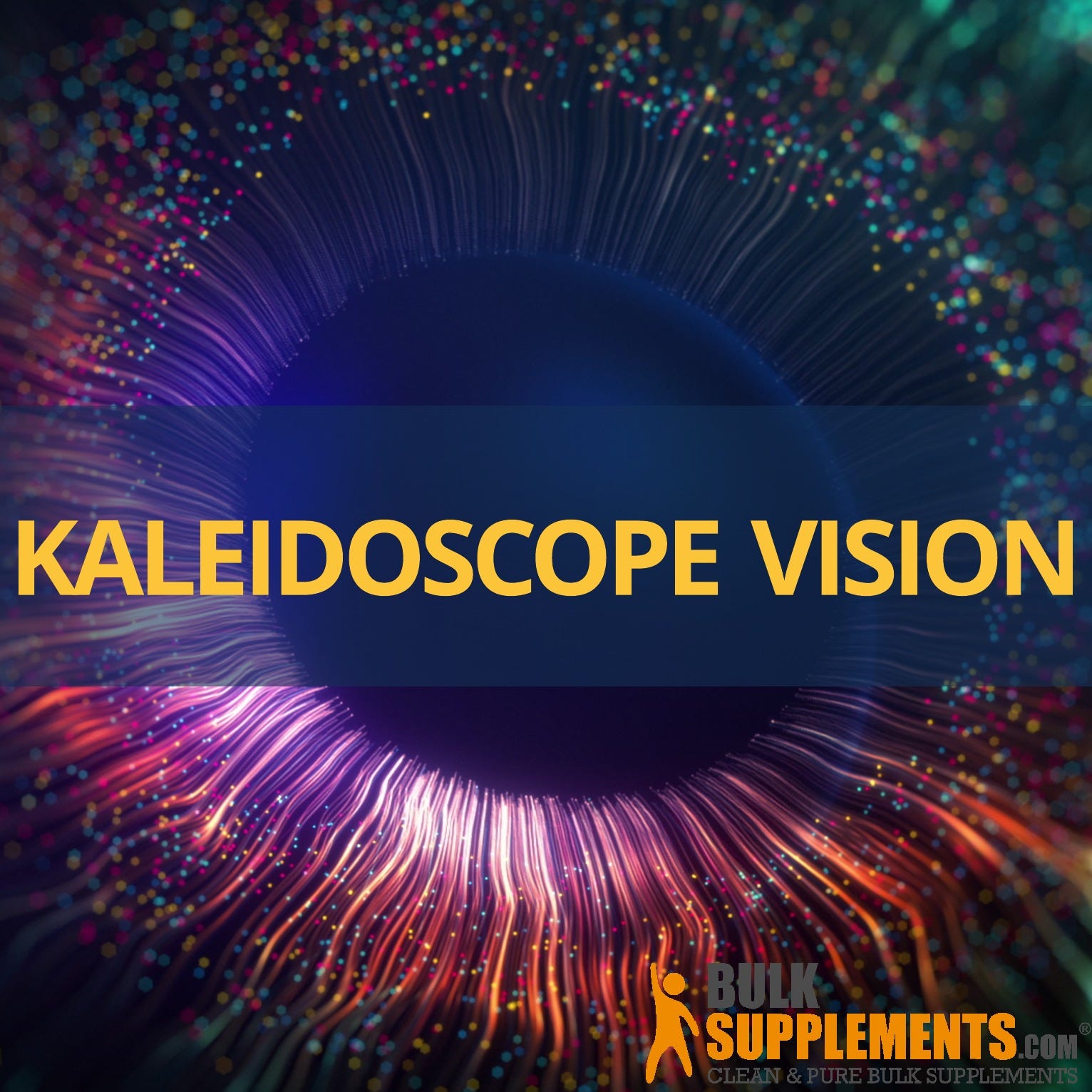
It’s estimated that hallucinations occur in about 0.5 percent of people with sodium levels of less than 120 mEq/L, but the exact number of closed-eye hallucinations is not known. This condition causes extremely low blood sodium levels of 135 mEq/L or less. Other causes of closed-eye hallucinations may be related to medical conditions, including the following: HyponatremiaĬlosed-eye hallucinations have also been clinically observed as a secondary condition in people with hyponatremia. There may also be an increased likelihood of seeing more colors when light pressure, such as a blindfold or sleep mask, is placed against your closed eyelids. If you close your eyes in a lit-up room or outside in the sunlight, chances are that small amounts of light could create a visual effect. At rest, your retina still continues to produce these electrical charges. These occur as a result of the constant activity between neurons in the brain and your vision.Įven when your eyes are closed, you can experience phosphenes. Your optometrist or GP will also establish whether you have been affected by a visual disturbance or the less common and more serious retinal migraine.What typically causes closed eye hallucinations?Ĭlosed-eye hallucinations are related to a scientific process called phosphenes. If you experience a partial or complete loss of vision or persistent flashing it’s important to see an optometrist or GP, or contact NHS 111 urgently, particularly when it occurs for the first time.


If you are regularly affected by visual disturbance, take the diary of your symptoms to your optometrist for further advice.

Simply avoiding the trigger, where possible, may be all you need to do. In most cases, there is a common trigger and keeping a diary of symptoms can help work out what the trigger is. Make a note of your symptoms, how long they lasted and what you were doing just before they began. If you are driving or operating machinery, stop what you are doing and wait for the symptoms to go away.


 0 kommentar(er)
0 kommentar(er)
